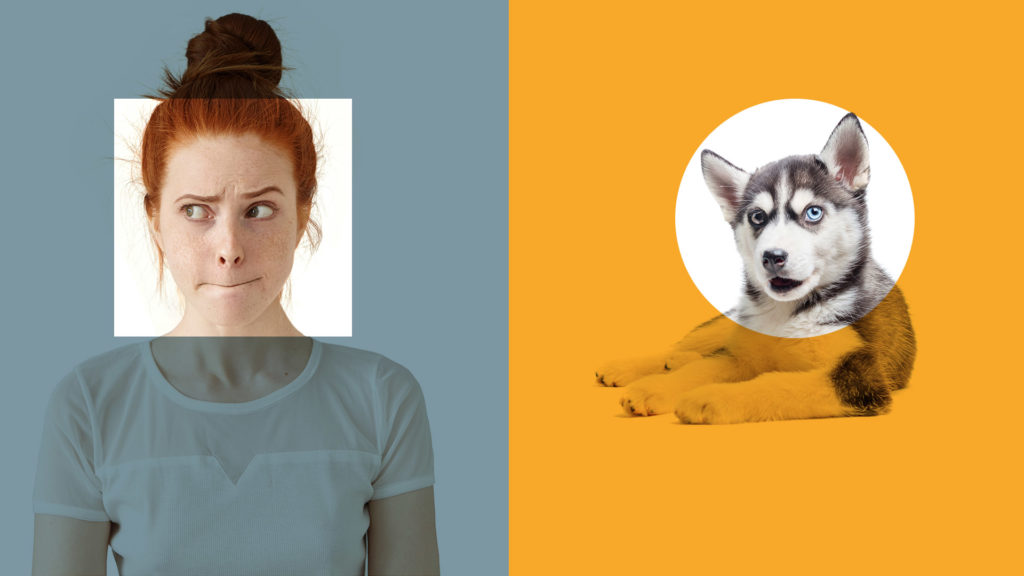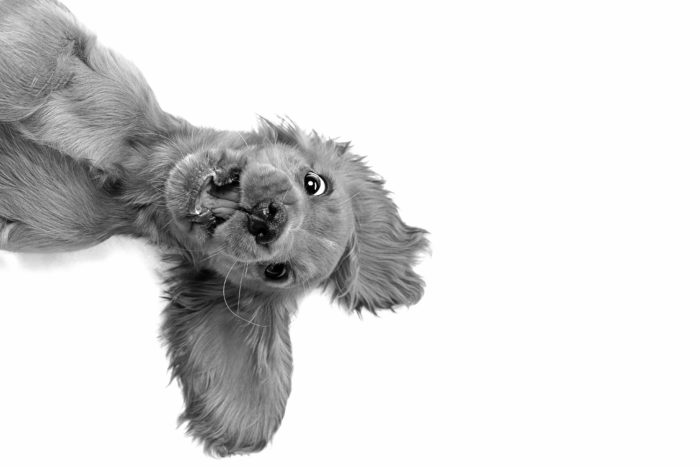1. Not providing enough structure.
Structure in the form of a crate, exercise pen, baby-gate or leash is a must for a new puppy. You 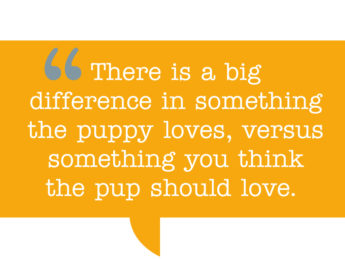 can not expect him to make the ‘right’ choices until teaching him what they look like. That is way too much responsibility to pile on a pup. Too much freedom equals chaos. Neglecting to provide a calm and contained environment leads to negative side effects. A handful of undesirable behaviours would be: destructive chewing, bathroom accidents and biting. It is of no service to a puppy to have too much freedom. Little by little teach your pup what you expect of him and how he can succeed. Do this and as he matures he will be able to handle longer stretches of freedom. Short cuts make for long journeys. Avoid having to do damage control to fix problem behaviours. Think prevent over cure.
can not expect him to make the ‘right’ choices until teaching him what they look like. That is way too much responsibility to pile on a pup. Too much freedom equals chaos. Neglecting to provide a calm and contained environment leads to negative side effects. A handful of undesirable behaviours would be: destructive chewing, bathroom accidents and biting. It is of no service to a puppy to have too much freedom. Little by little teach your pup what you expect of him and how he can succeed. Do this and as he matures he will be able to handle longer stretches of freedom. Short cuts make for long journeys. Avoid having to do damage control to fix problem behaviours. Think prevent over cure.
2. Not using food to teach, motivate and reinforce.
Rewarding your puppy with food right after he does something you like will help ensure he does it again. It is a win-win situation. Using food to educate your pup is a no brainer. It keeps the learner (your pup) engaged, motivated and happy. Inadequate pay and poor working conditions lead to stress and unhappiness. Learn how to teach your puppy using food.
3. Expecting too much too soon.
Polite walking and learning how to stay are not puppy friendly moves. This is like expecting a 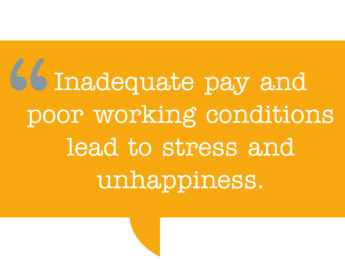 toddler to do high-level math problems. Look at the education of a pup as a series of layers. Time sensitive considerations like socialization and early prevention should get special attention. Teach the other behaviours in a thoughtful and strategic way, building on one another. Create a positive association with the learning process. Keep your goals and expectations realistic. This sets your dog and you up to succeed. Remember to take your pup’s age, attention span and the quality of your efforts into account.
toddler to do high-level math problems. Look at the education of a pup as a series of layers. Time sensitive considerations like socialization and early prevention should get special attention. Teach the other behaviours in a thoughtful and strategic way, building on one another. Create a positive association with the learning process. Keep your goals and expectations realistic. This sets your dog and you up to succeed. Remember to take your pup’s age, attention span and the quality of your efforts into account.
4. Not providing appropriate things to chew.
Puppies bite and chew. When we give a puppy stuffed animals or ropes to chew on we are not practicing best chewing methods. They need to gnaw appropriate chews and animal bits that they love. They need to learn what is okay to gnaw on. These are things you must stay involved with. Provide the chews, teach the pup, and manage the chews. There is a big difference in something the pup loves, versus something you think the pup should love. Learning a pup’s preferences is essential. It goes far beyond tossing a dog a bone.
5. Not learning to speak dog.
Learn what your puppy is communicating. A dog uses his whole body. The secret life of dogs should not be a secret to anyone who wants to live peacefully with this creature. They have a have a whole other agenda. It makes for a lot of unpleasantness for a dog if we do not gain an understanding of their species-specific ways. Use compassion and the desire to understand what makes your dog tick. This will help create a heartfelt connection.
The fantastic Lili Chin has provided the following infographic on dog body language for all of us to use. Thank you Lili Chin.
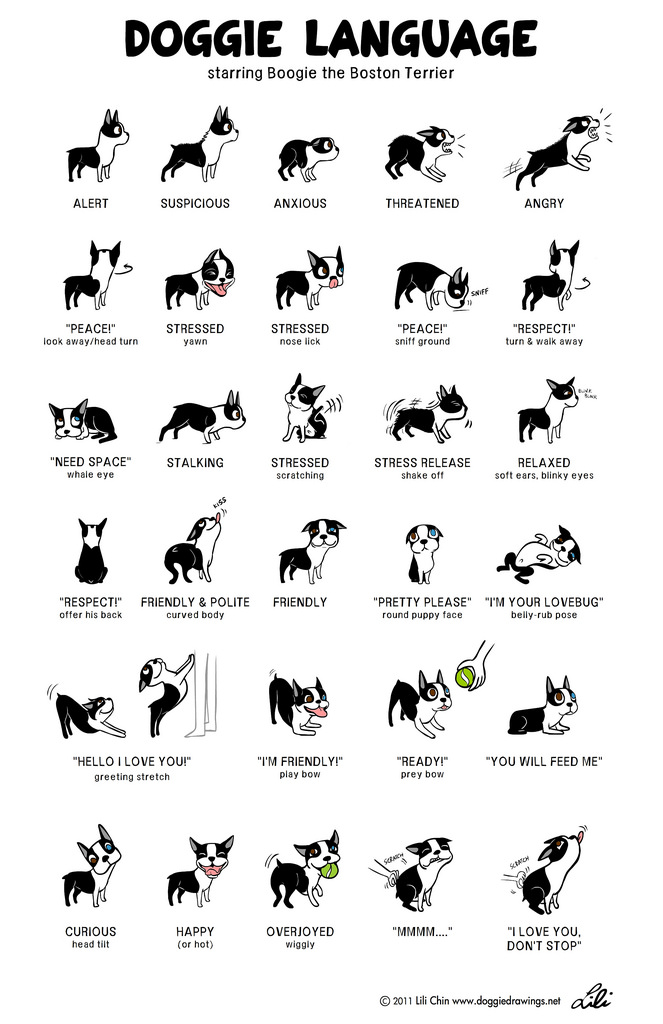
Illustration: Lili Chin www.doggiedrawings.net

